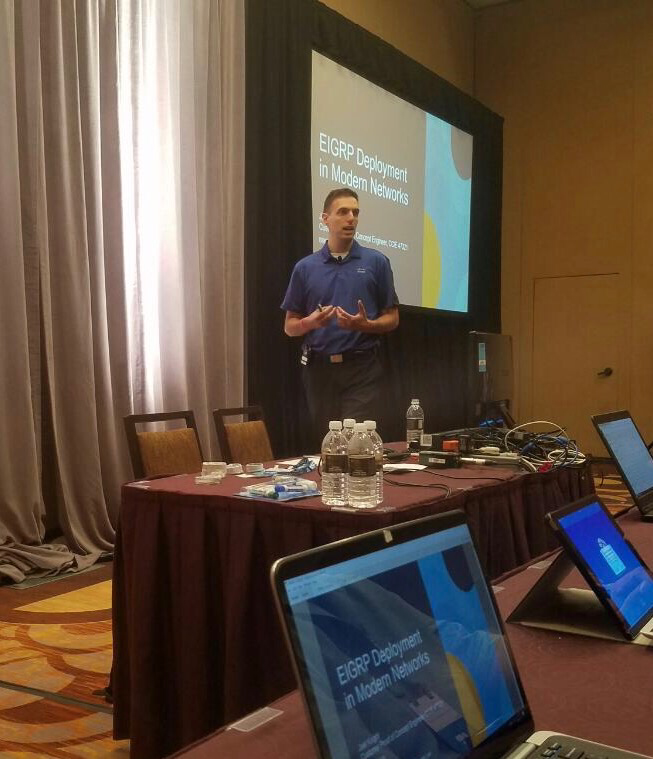For the benefit of readers who haven't worked with Flask or don't know what Flask is, it's a so-called microframework for writing web-based applications in Python. Basically, the framework takes care of all the obvious tasks that are needed to run a web app. Things like talking HTTP to clients, routing incoming requests to the appropriate handler in the app, and formatting output to send back to the client in response to their request. When you use a framework like this, you as the developer can concentrate a lot more on the application logic and worry a lot less about hooking the app into the web.
As you may have guessed from the title of this post, one of the other tasks that Flask manages is logging within the application. For example, if you want to emit a log message when a user logs in or when they upload a new photo, Flask provides a simple interface to generate those log messages.
Flask has a large community of active users built around it and as a result, there's tons of best practice information out there on scaling, talking to a database, and even whole tutorials on how to build full applications. But it's been my experience that there is very little information devoted to the topic of logging. Granted logging isn't very fun and does nothing to get your app to market quicker or increase user counts, but it is really important if you want to get any sort of feedback from the app about what it's doing during normal operation or what exactly happened if something goes wrong.
In this post, I'll look very briefly at how logging works in Flask and then examine three common methods used to record log files within Flask and how each of them can shoot you in the foot. I'll close by offering some recommendations that should keep you on safe ground.



